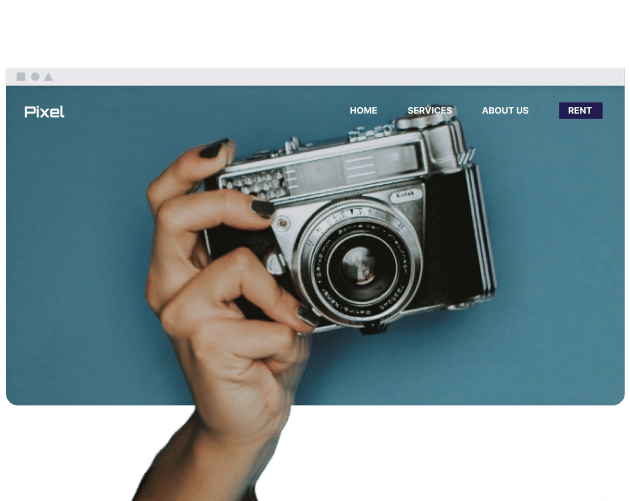What is the purpose of a Business Landing Page?
Unlike a home page with various navigation choices, a landing page can reduce distractions and direct the user toward a specific goal. Employing such a targeted method has a relationship with conversion rates; it enables a simpler assessment of marketing campaign success through a single metric. A landing page presents content related to the originating ad, potentially contributing to a consistent user experience.
What are the key elements of an effective Business Landing Page?
Your landing page should have these components if you want to increase conversions:
• The headline should present the offer understandably.
• Short, benefit-driven copy to share the value of the offer.
• One or more high-quality pictures/videos to attract the visitor’s attention.
• Some forms of social proof, such as testimonials and/or trust badges, are used to gain the visitors’ trust.
• The CTA button should be both readily apparent and easily discoverable.
What is a Call To Action (CTA) and why is it crucial on a Landing Page?
A call to action (CTA) is a brief statement or a couple of lines that prompt the reader to accomplish a specific action, such as “Download Now” or “Get a Free Quote.” Being the most essential element, this is the final stage of the conversion process. The clarity of the CTA can impact visitors’ understanding of the desired action, influencing marketing initiatives. These are the pros of a strong CTA and the cons of a weak CTA:
| + | – |
| A straightforward and distinct CTA may relate to changes in conversion rates. | User engagement appears to correlate with instances of less vague language. |
| It is the habit of users to desire a lot of clarity in the information provided to them, improving the user experience. | User action may be influenced merely by the presence of a specific course of action. |
How do you drive traffic to a Landing Page?
You may employ both paid and organic strategies to bring more visitors to your landing page. The use of paid campaigns through platforms like Google Ads, Facebook Ads, or Instagram promotions is associated with changes in visibility and the ability to target specific audiences. It implies the capacity for relatively rapid communication with the specified audience. If you prefer the organic option (for a long-term approach), you will have to share the page link via email newsletters, social media profiles, or blog posts that are relevant to your niche. The aim is to direct the target audience from various sources to one, the most conversion-focused page.
How do you measure the success of a Landing Page?
The most crucial metric measuring success is conversion rate. It is the percentage of visitors who took the desired action (for example, making a purchase/registering). You should also analyze other metrics, such as bounce rate (the percentage of visitors who leave the website without interaction) and time on page. These metrics indicate page performance and may show areas for adjustment.
How do you optimize a Landing Page for conversions?
The process of landing page optimization is “never-ending.” You can accomplish this through A/B testing different elements such as headlines, images, or CTA button colors. You gain the most from such testing when you select the version that is the most favored by your audience. Form length and complexity are factors to consider; focusing on required information might influence user engagement. Ensure your page loading speed is satisfactory across various devices, as slower speeds may correlate with visitors leaving before interacting with content.
Conclusion
A business landing page may influence the conversion of traffic into profits. Focus on a clear objective, a prominent call to action, and social proof to boost the conversion rate of visitors into customers on a page. The point is that you should always test and optimize your landing pages to ensure they are always performing at their best.

